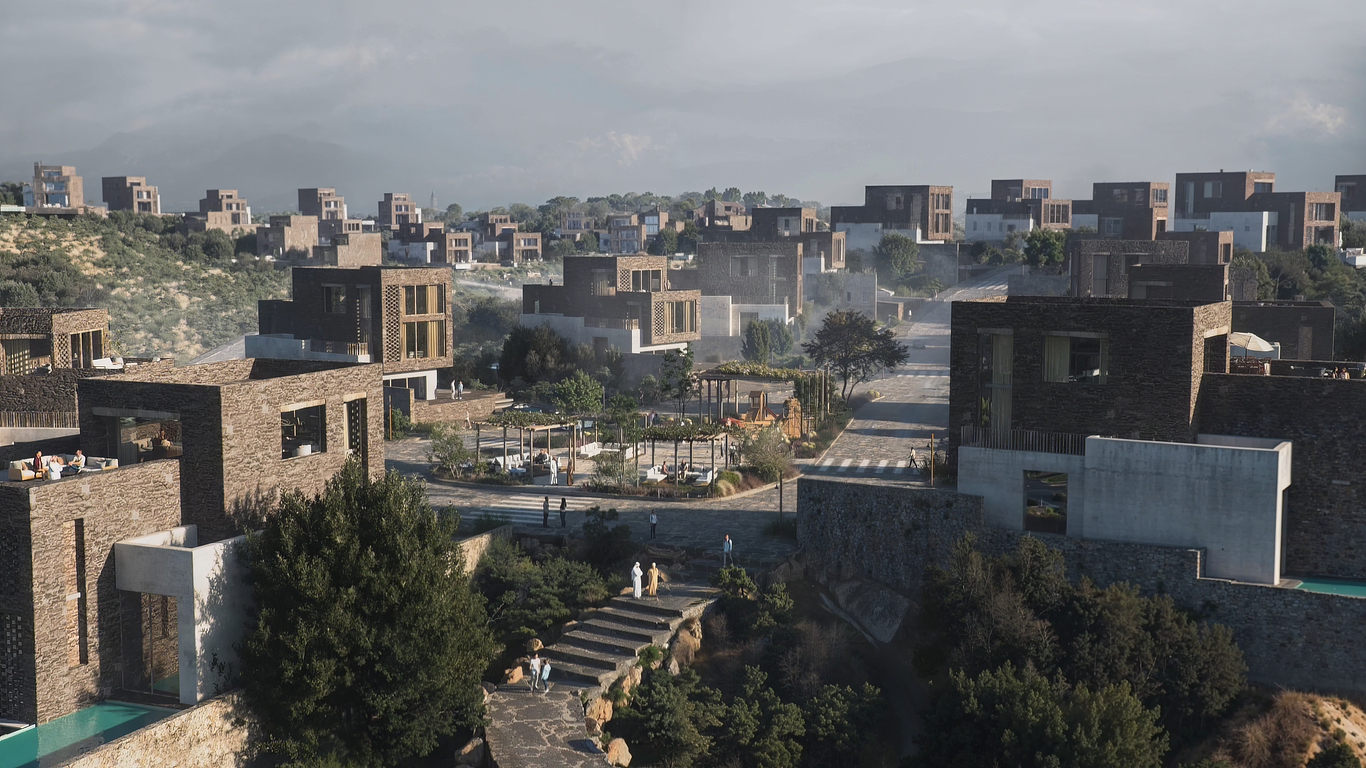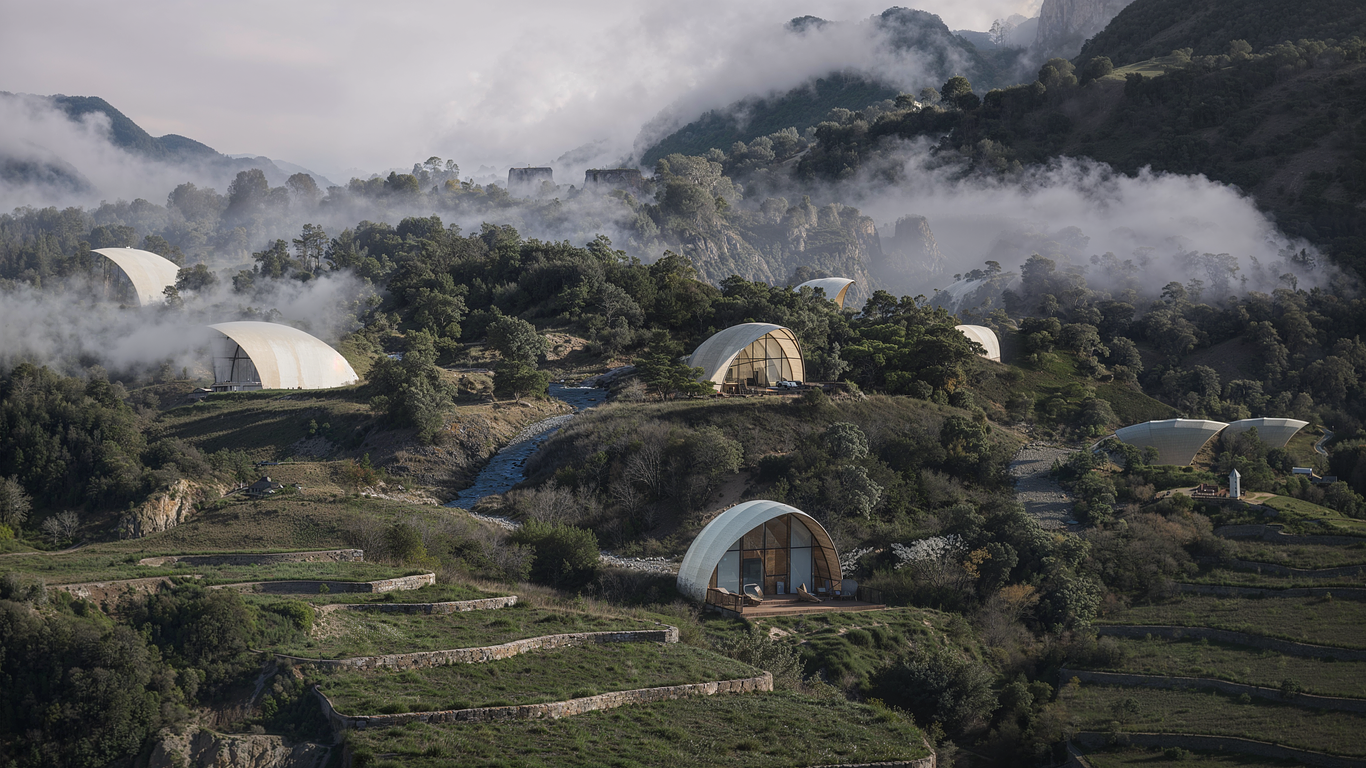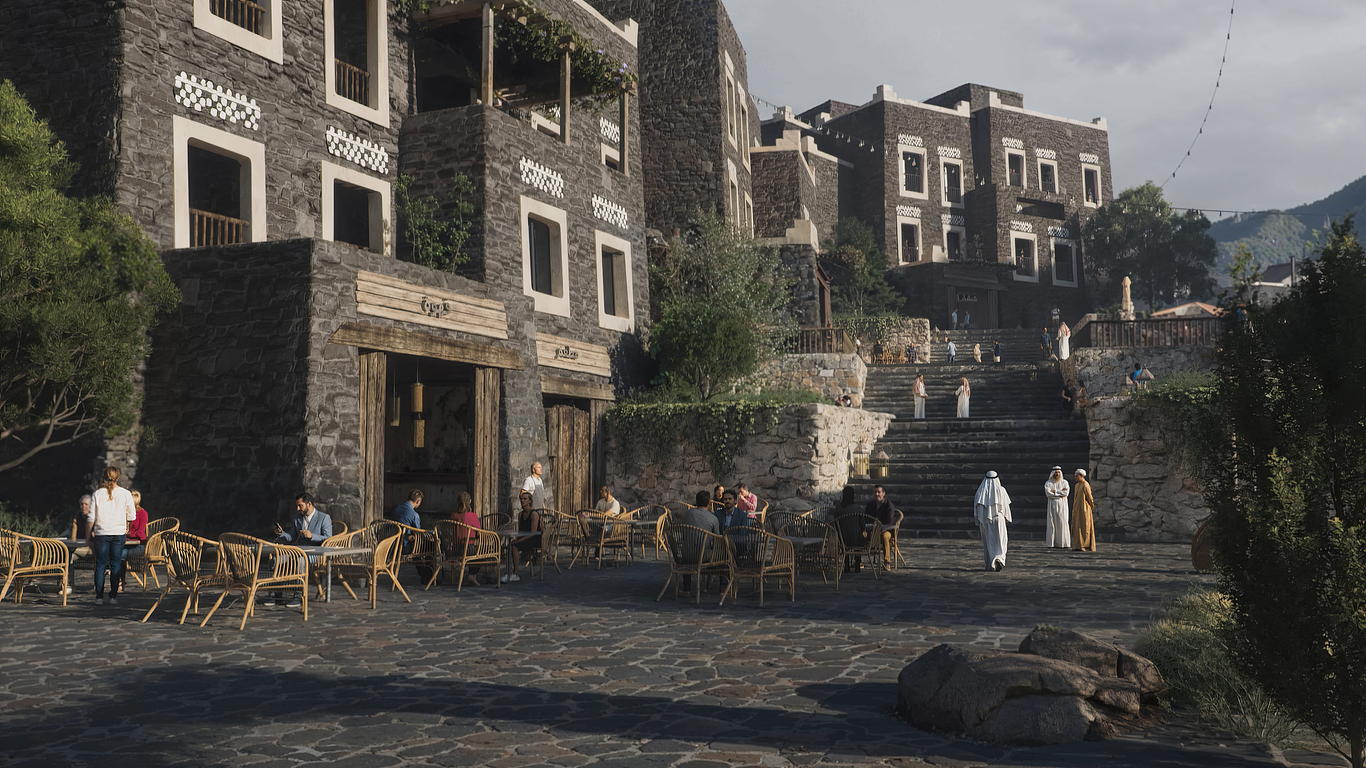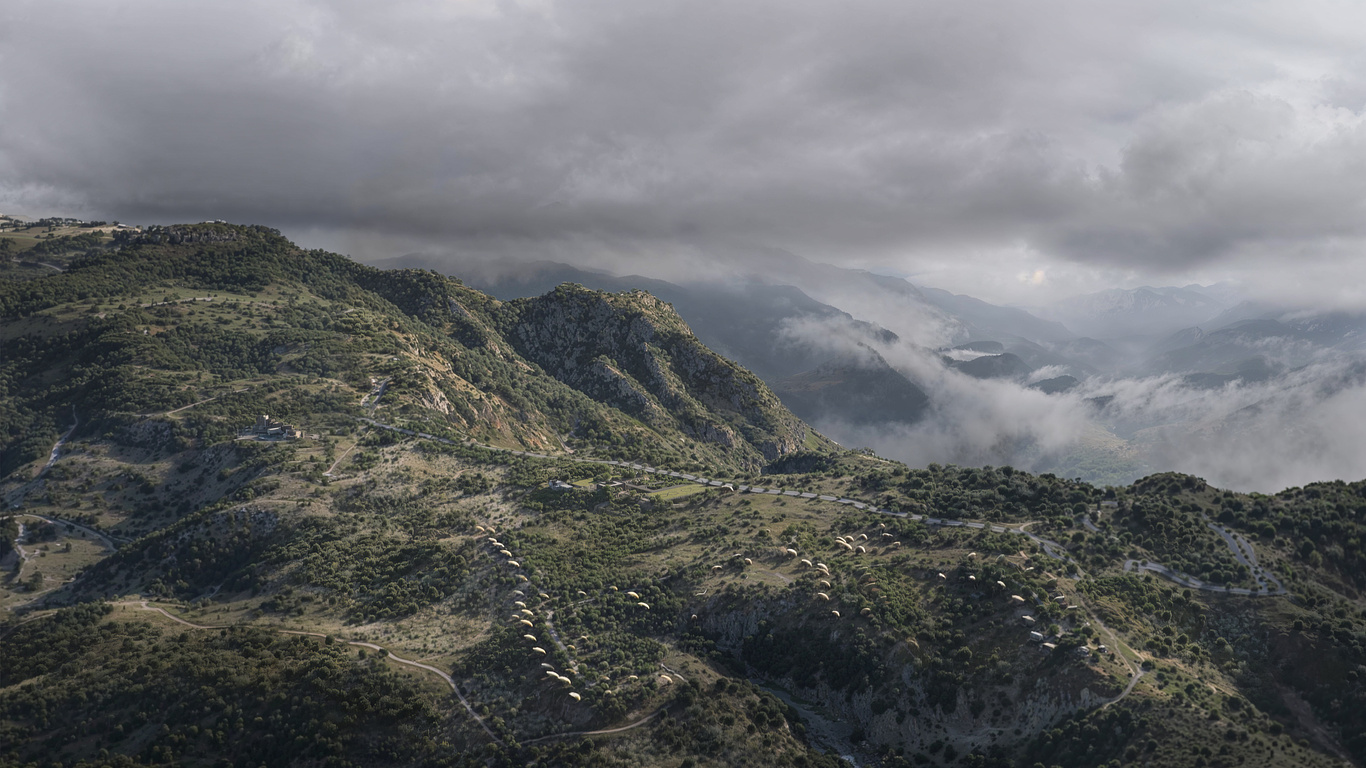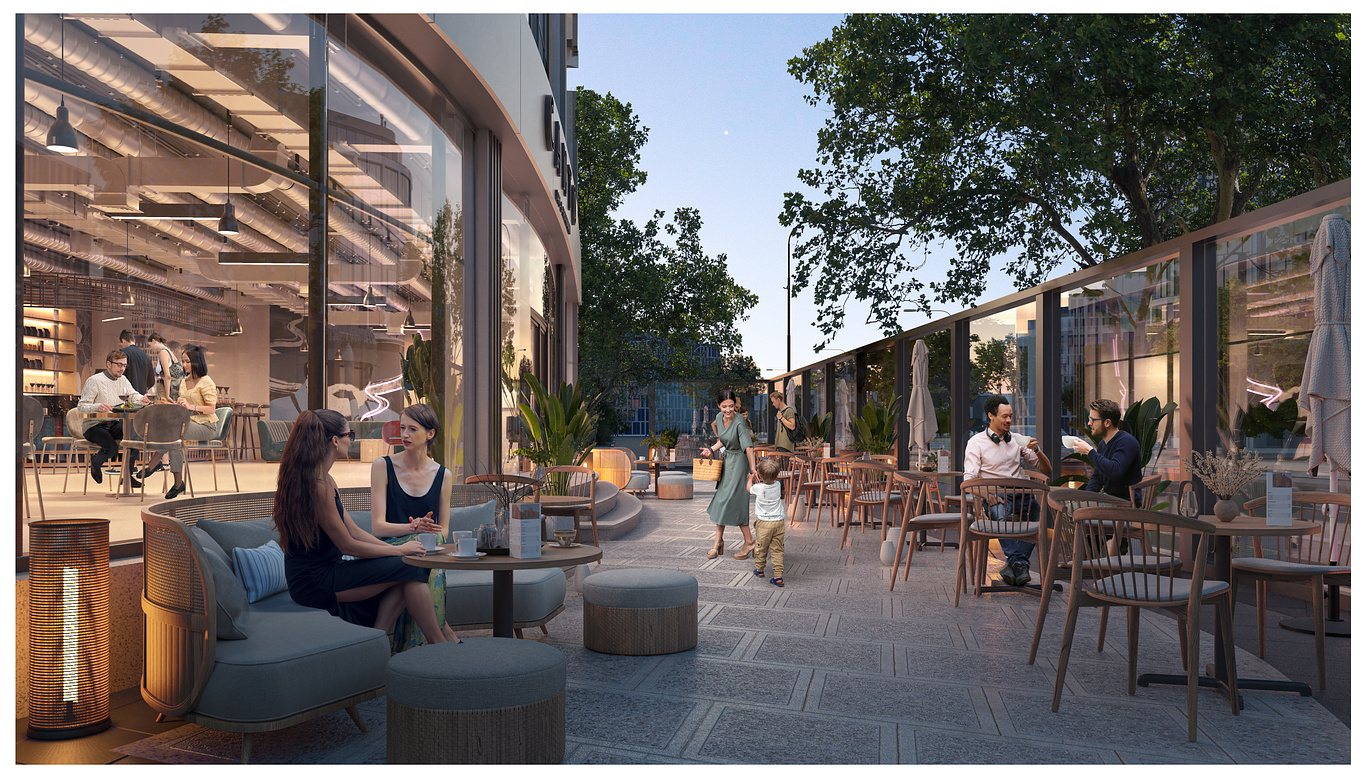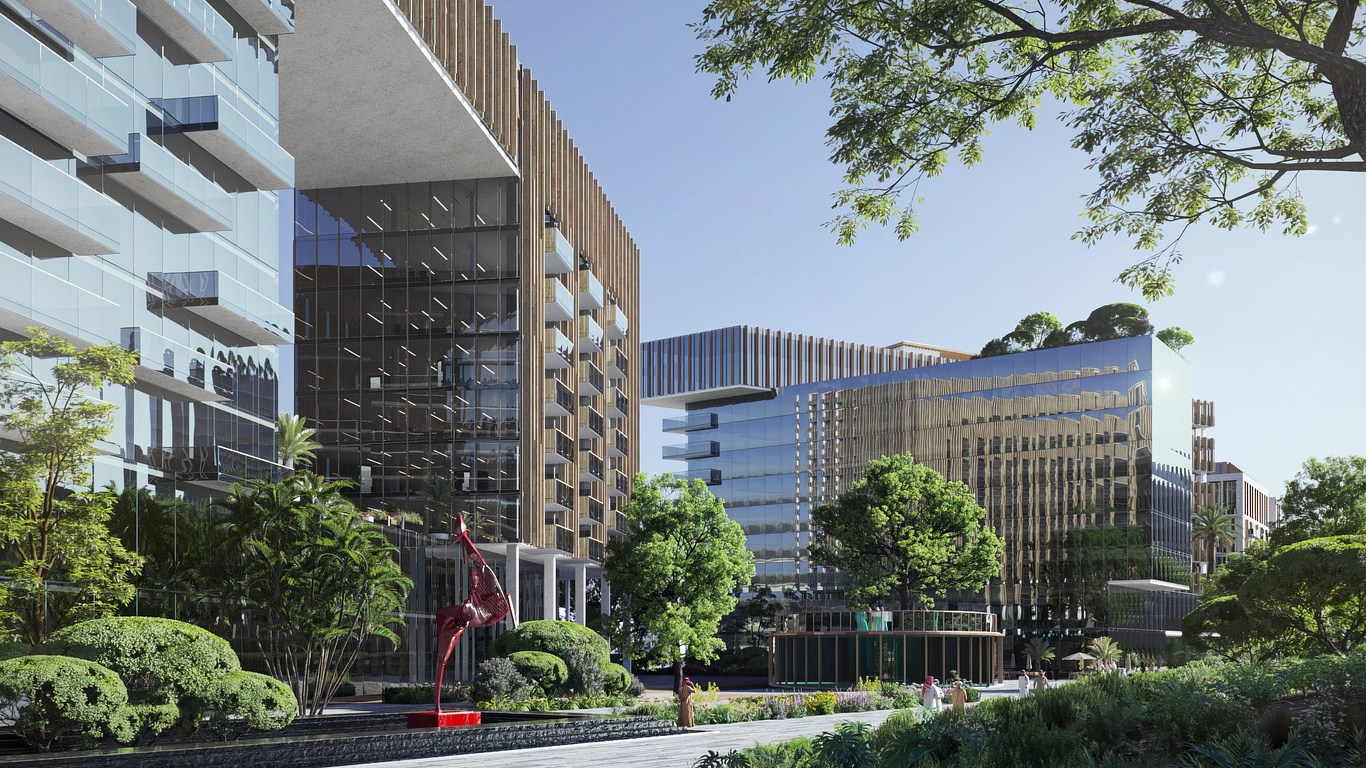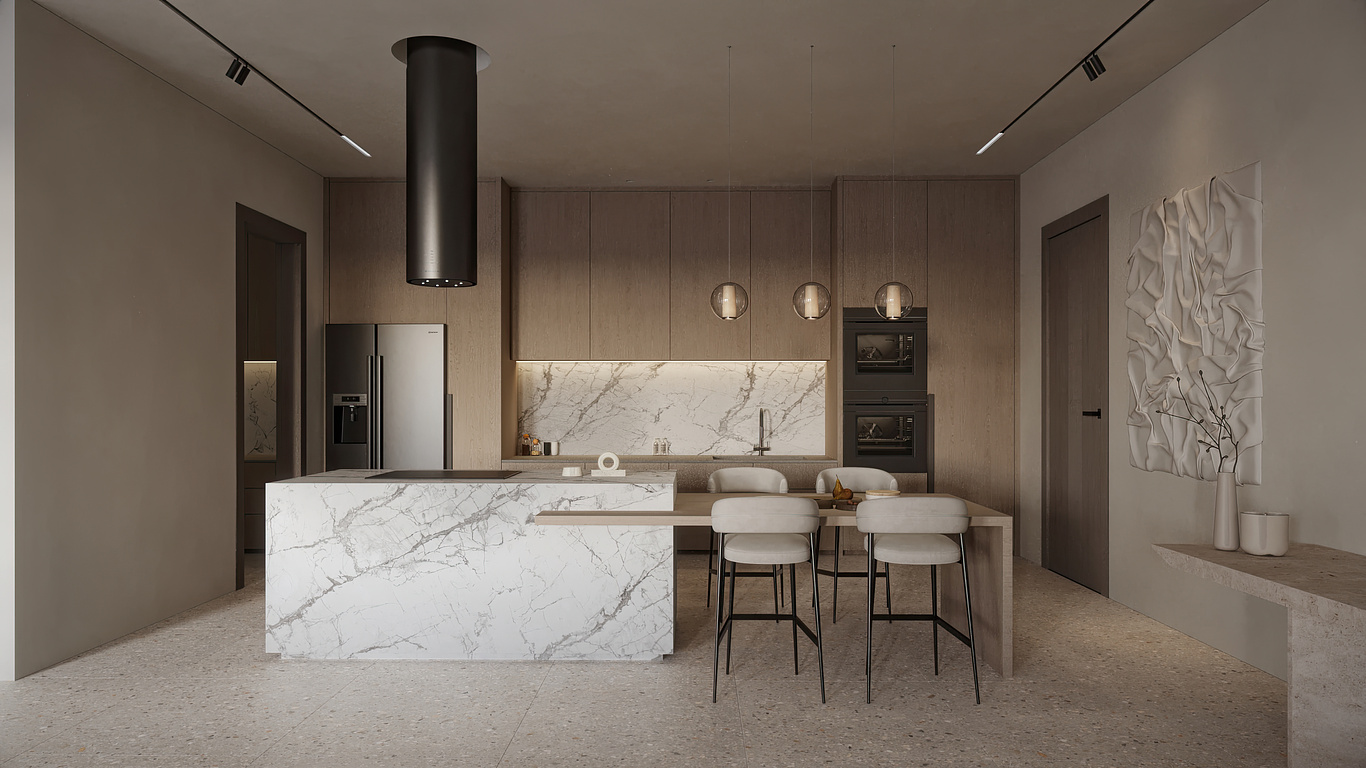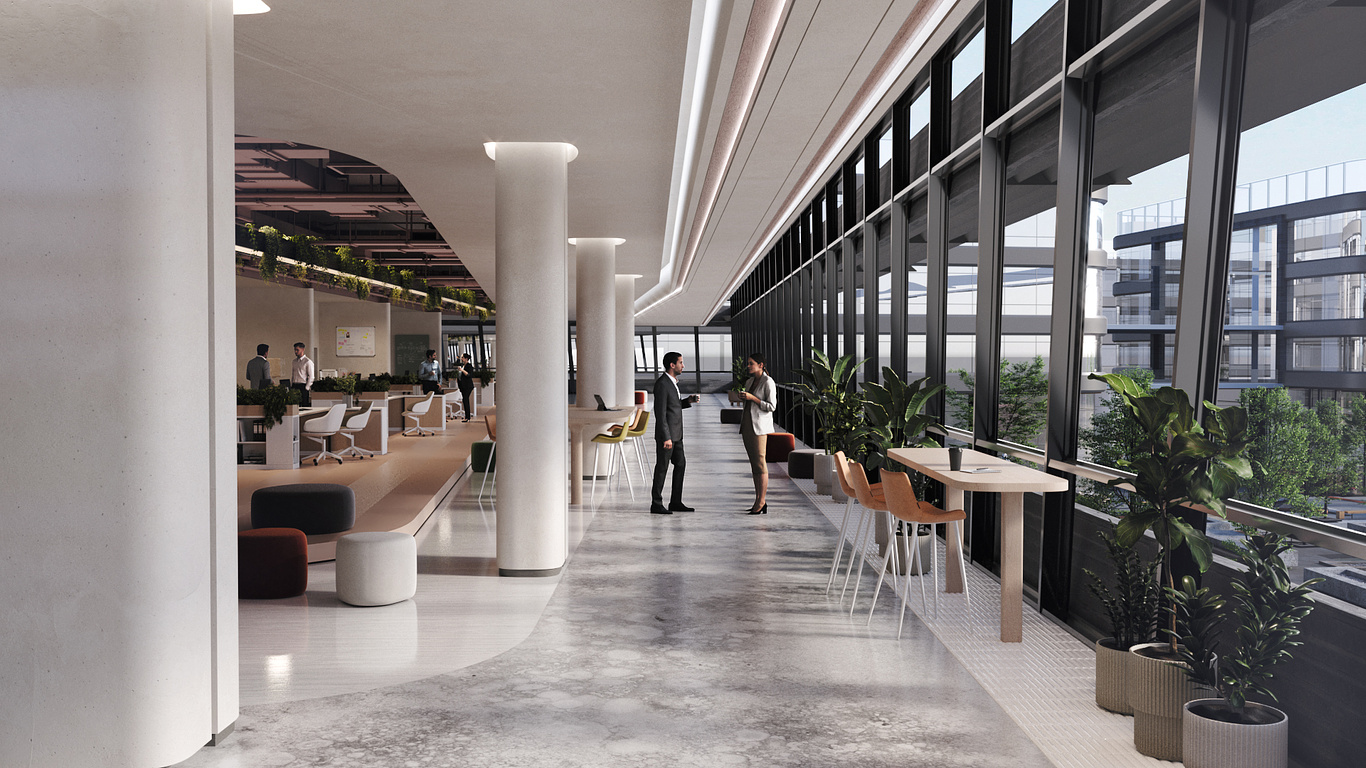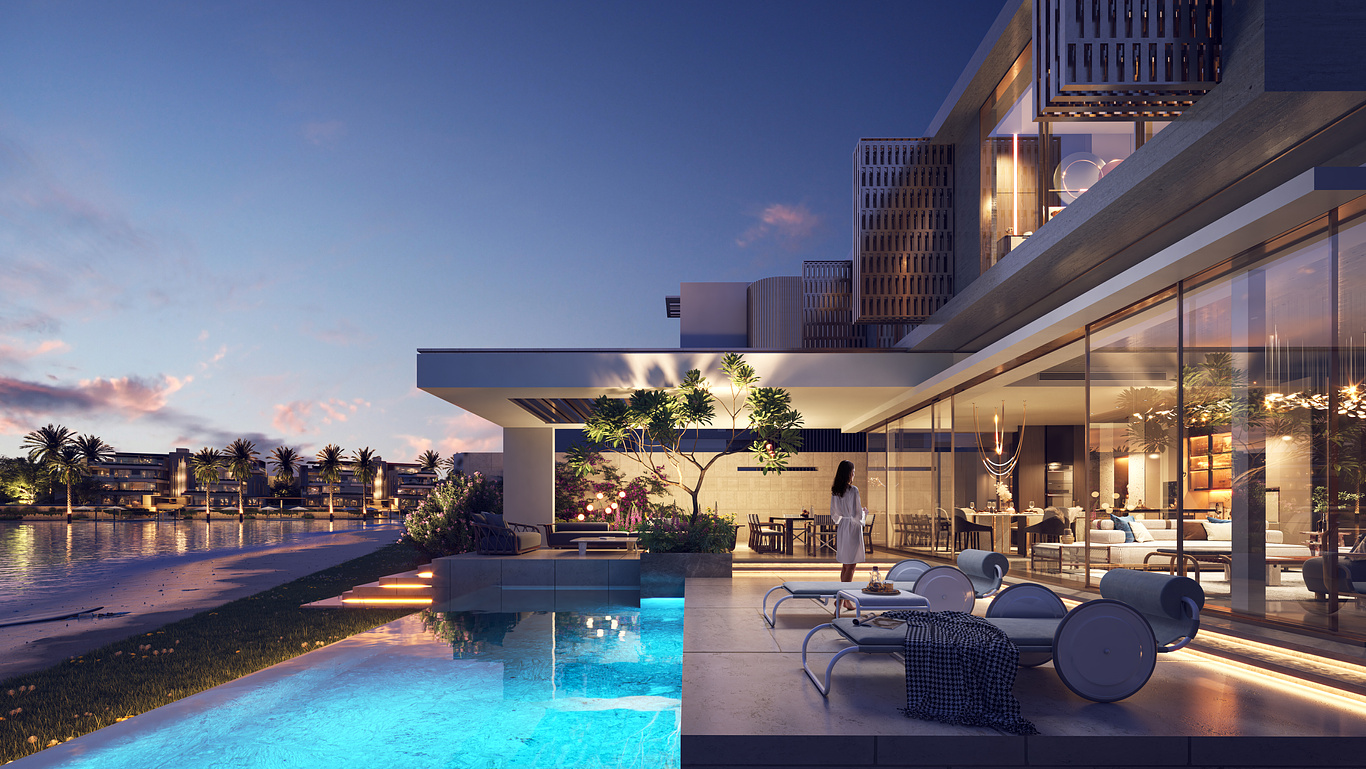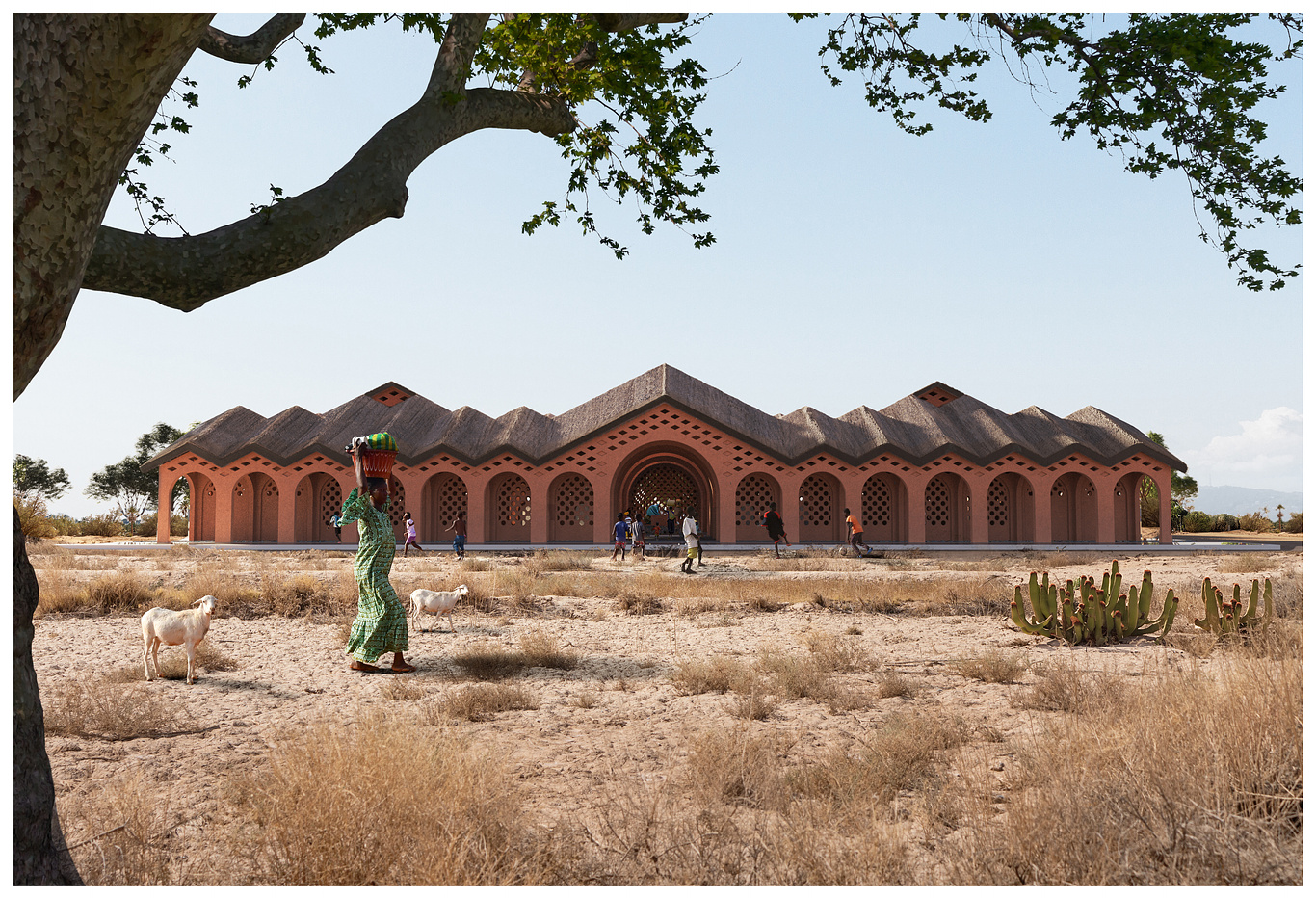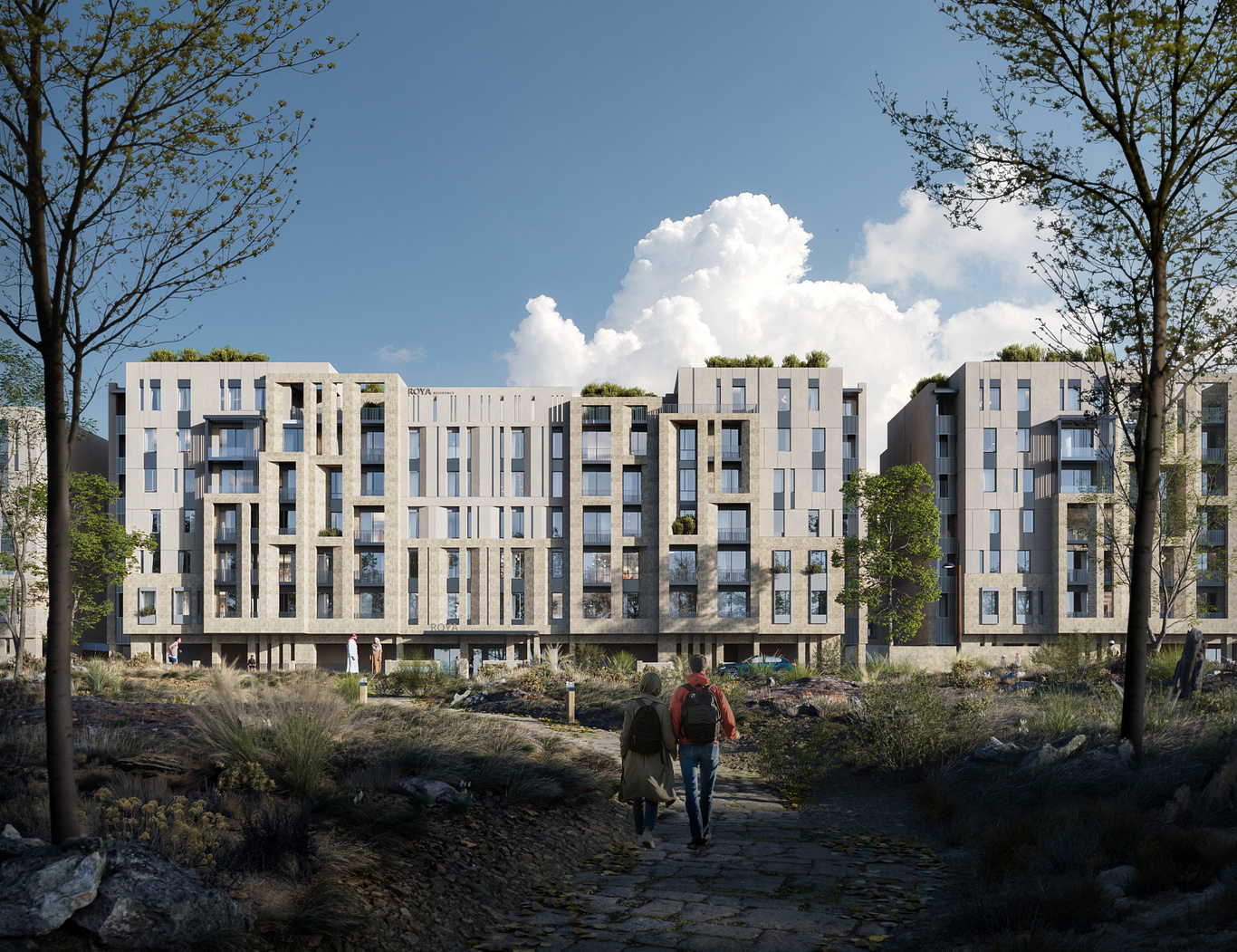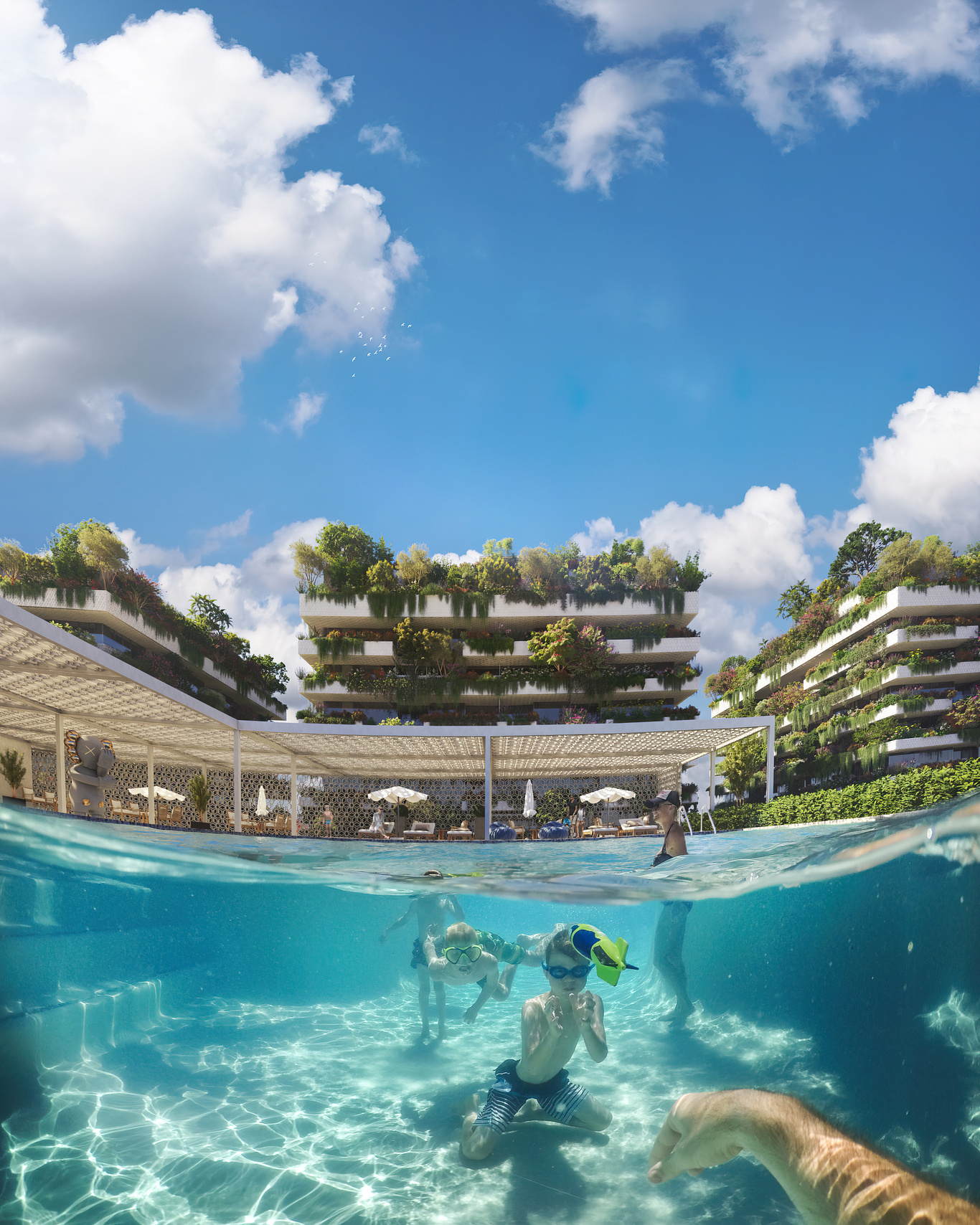
10 Questions With...
10 Questions with... Vanilla Studio
Welcome to another installment of "10 Questions With," a feature series on CGarchitect.com where we delve into the minds and practices of the world's leading visualization studios. This week we sit down with Vanilla Studio, a studio founded in 2014 with offices in Cairo and Dubai.
Vanilla Studio started as a small studio with a passion for creating visually captivating designs. With a global presence, they have built a diverse portfolio, meeting international standards in 3D visualization. Their dedication to excellence has positioned them as a leading company in the field, committed to exceeding client expectations worldwide.
Vanilla Studio started as a small studio with a passion for creating visually captivating designs. With a global presence, they have built a diverse portfolio, meeting international standards in 3D visualization. Their dedication to excellence has positioned them as a leading company in the field, committed to exceeding client expectations worldwide.
1. What inspired the name "Vanilla Studio" for your studio?
The name "Vanilla Studio" is a metaphor for what we do. Just like vanilla enhances the flavor in baking, we add that essential “goodness” to every visual we create. Our aim is to be that secret ingredient that elevates a project from standard to exceptional. It’s about bringing out the best in every design and making the final product irresistible.
2. How did the studio get its start, and what was the vision behind its inception?
Vanilla Studio started as a collective dream between passionate visual artists and architects who saw an opportunity to redefine architectural visualization. We wanted to create a space where artistry and cutting-edge technology seamlessly integrate. The vision was simple: bring high-end visual storytelling to the architectural world. We wanted to do more than just "render buildings"—we wanted to immerse people in experiences and emotions, crafting visuals that tell a story from every angle.
3. How do you approach blending reality and imagination in your visualizations?
3. How do you approach blending reality and imagination in your visualizations?
Blending reality and imagination is an integral part of our process. Similar to how an artist balances brushstrokes or a photographer captures a fleeting moment, we take inspiration from real-world architecture, physics, and natural light, then add a subtle yet impactful layer of creativity. Through lighting, atmosphere, and thoughtful composition, we infuse each visualization with a narrative that’s not immediately obvious but felt.
It’s not about replicating reality exactly, but rather interpreting it—evoking a feeling, setting a mood, and creating a visual that feels both familiar and extraordinary. By harmonizing the technical and the imaginative, we craft visuals that are grounded yet carry an air of wonder, like a well-composed photograph or a richly layered painting.
4. What are the key challenges in architectural visualization today?
The biggest challenge is staying ahead of the curve in an industry that evolves so rapidly. From advancements in real-time rendering to the push for more sustainable and eco-friendly designs, the field is constantly shifting. Additionally, balancing high-quality detail with fast-paced client deadlines is a common hurdle. There’s also the expectation for visualization to not just be technically accurate, but to emotionally resonate with diverse audiences—finding that balance is a challenge we thrive on.
5. Can you walk us through your creative process for a typical project?
Every project begins with a deep dive into the client’s vision. We believe that understanding the project’s purpose and the emotions it needs to evoke is critical. Once we have a clear vision, we move to concept art and mood boards, aligning on the artistic direction. From there, we transition into the technical phase, where modeling, texturing, and lighting come to life. Throughout the entire process, we collaborate closely with our clients, refining details until the visualization is more than just a visual—it’s an experience.
6. How has technology changed the landscape of architectural visualization?
Technology has revolutionized architectural visualization in ways we couldn’t have imagined a few years ago. Real-time rendering and VR allow us to immerse clients in their spaces like never before. The speed and efficiency of tools like Unreal Engine and the rise of AI-assisted workflows have allowed us to push boundaries while maintaining quality. What once took weeks can now be done in days, and this speed is allowing for more creativity and iteration during the design process.
7. Could you share insights on a particularly challenging or unique project?
One of the most challenging projects we worked on was in Saudi Arabia, situated in a breathtaking mountainous region. The challenge was rooted in the need to integrate the architecture seamlessly with the natural terrain, while ensuring that the visuals would reflect the harmony between modern design and the rugged beauty of the surrounding environment. The elevation, the unique landscape, and the pristine wilderness all demanded that we mimic nature’s intricate details in our 3D visualizations. Capturing the region's misty, elevated atmosphere, its diverse foliage, and its stunning mountain views in a realistic yet creative way was key to bringing this project to life.
This effort involved balancing the untouched wilderness with cutting-edge design, maintaining an authentic reflection of the natural landscape while emphasizing the architectural beauty and luxury aspects of the development. It pushed the limits of our creative and technical capabilities, but the end result was a captivating and immersive experience that both respects and enhances the natural beauty of the location.
8. What are the future trends you foresee in this industry?
We’re on the cusp of a revolution with real-time rendering and immersive VR/AR experiences becoming industry standards. The integration of AI in design workflows will also continue to expand, offering designers faster, smarter ways to bring concepts to life. We also expect to see more focus on sustainability in architectural design, which will influence how we approach our visualizations—showing not just aesthetics but also the ecological impact of projects.
9. How do you ensure client satisfaction and manage expectations in such a detail-oriented field?
Transparency and collaboration are key to ensuring client satisfaction. We maintain open communication throughout every stage, from initial concepts to final delivery. We make sure to align expectations early on and provide regular updates, so clients are always in the loop. It’s also about listening—really understanding what the client’s goals are—and being flexible when those goals evolve. Our process is collaborative, and we’re committed to delivering work that exceeds expectations.
10. Lastly, where do you see Vanilla Studio in the next 5 years, and what are your goals for the studio's future?
10. Lastly, where do you see Vanilla Studio in the next 5 years, and what are your goals for the studio's future?
In the next five years, we see Vanilla Studio expanding its global footprint, working on more landmark projects that push the boundaries of what architectural visualization can achieve. Our goal is to be pioneers in integrating real-time rendering, AI, and immersive experiences into our workflows. We want to continue to innovate, take on larger and more complex projects, and most importantly, keep delivering visuals that inspire and engage people worldwide.

Vanilla Studio
Vanilla Studio specializes in 3D visualization, Animation and Virtual Reality of properties, estates, exterior and interior
You must be logged in to post a comment. Login here.
About this article
Welcome to another installment of "10 Questions With," a feature series on CGarchitect.com where we delve into the minds and practices of the world's leading visualization studios. This week we sit down with Vanilla Studio, a studio founded in 2014 with offices in Cairo and Dubai.
visibility626
favorite_border4
mode_comment0



